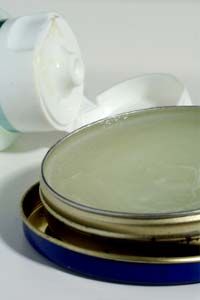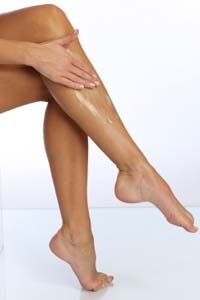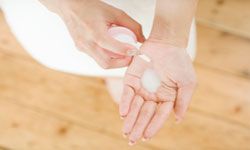The old saying "you get what you pay for" often rings true for consumers. Inexpensive clothing, for instance, is often made of cheaper materials that wear out faster. But when it comes to skin care products, the maxim doesn't necessarily hold up. When looking for that perfect moisturizer, price shouldn't be the cue for quality.
Plenty of top-shelf skin care products promise to eradicate wrinkles and eternally preserve that treasured youthful glow -- for a price. Expensive concoctions often contain high-end ingredients such as tretinoin, alpha hydroxy acids and collagen. Dermatologists have found that some of those additives can indeed improve skin condition, but shoppers should take too-good-to-be-true product claims with a grain of salt. The U.S. Food and Drug Administration (FDA) regulates skin care offerings differently than food products, and for that reason, the advertising statements don't have to match up with reality.
Advertisement
Actually, some of the best skin care options on the market are inexpensive and unassuming. Petroleum jelly only costs a few dollars for a tube or container, and people have used it for decades to soften and soothe dry skin. Also known by its common brand name, Vaseline, petroleum jelly is a hydrocarbon compound derived from petroleum. Robert A. Chesebrough accidentally discovered petroleum jelly in the 19th century when touring through Pennsylvania oil fields [source: Al Aboud and Khachemoune]. The jellylike substance accumulated on the oil pumps, and Chesebrough figured out how to distill it down to the waxy ointment, which he patented in 1872.
Chesebrough initially envisioned petroleum jelly as a medicinal salve that accelerated healing, and the FDA has approved of it as an effective over-the-counter skin protectant. Today, people pull out the petroleum jelly for a variety of applications, including use as a thrifty makeup remover, lubricant and homemade lip balm. And if you're on the hunt for a cost-effective moisturizer, don't ignore Vaseline's value.
Advertisement



